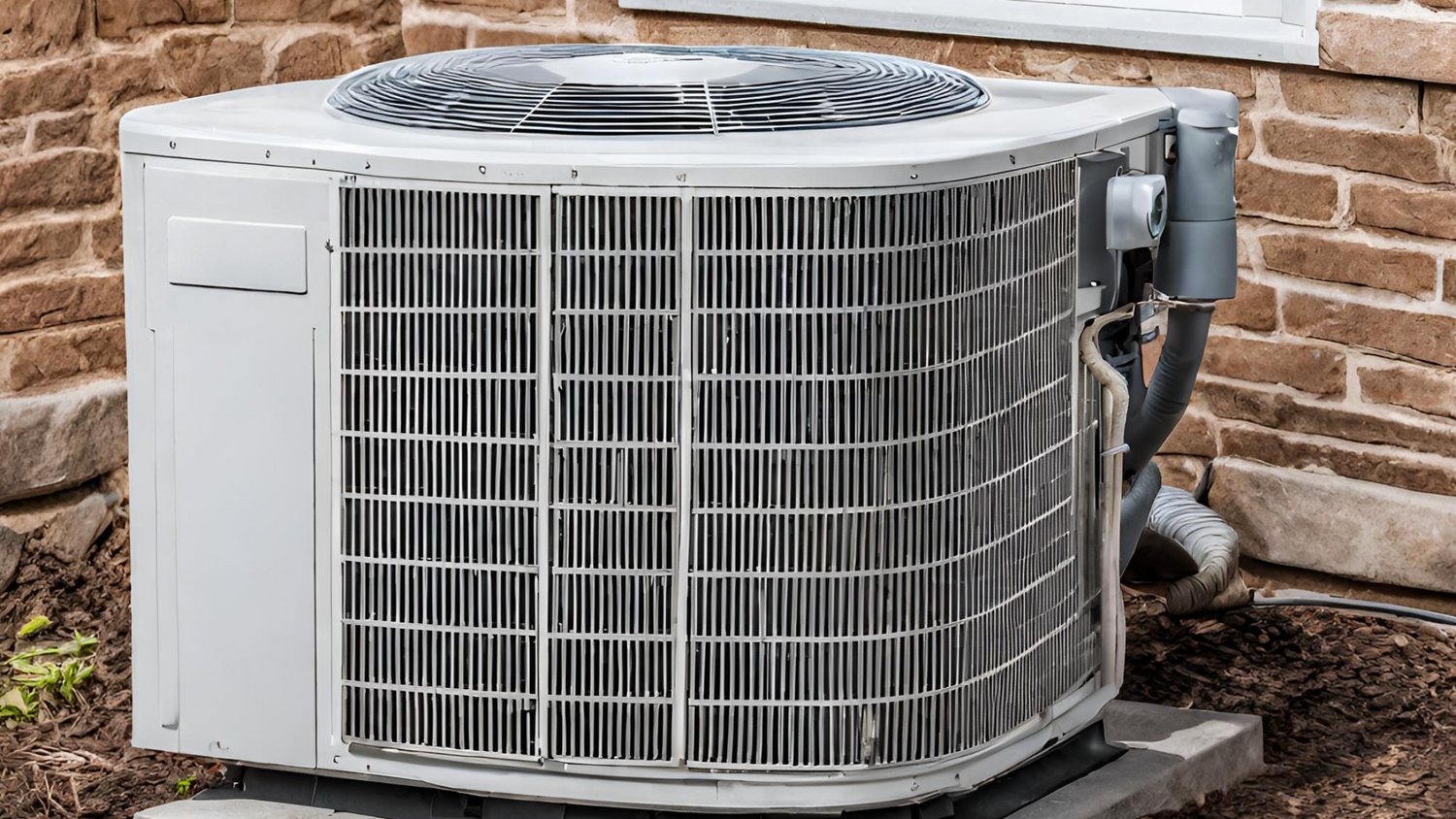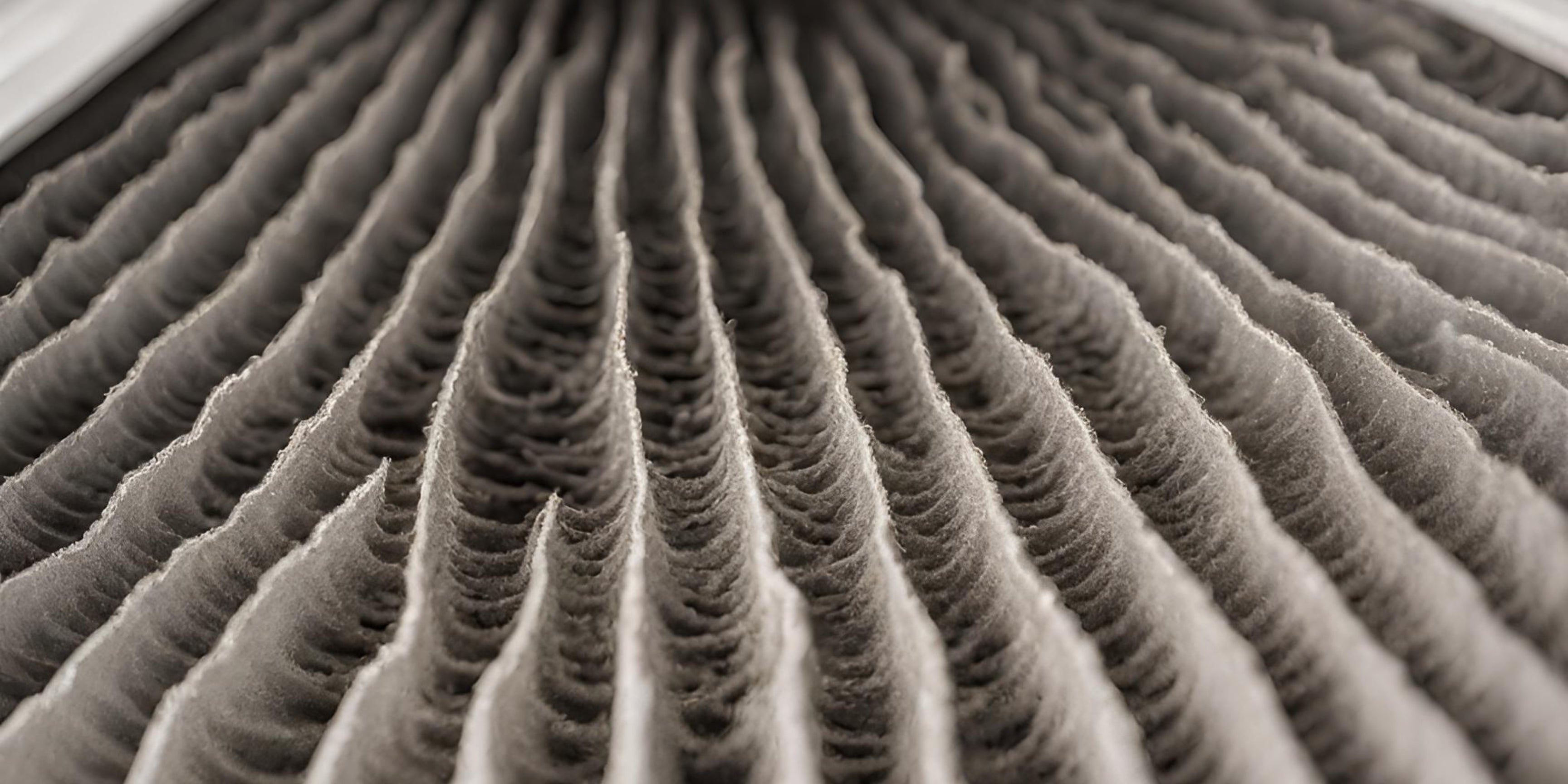Spring has sprung and we are ready for all that warm weather! It's time to turn the heat off and prepare for that scorching sun, which means it's time to fire up that AC unit.
The second you launch that bad boy, all that old dust, dander, pollen and microbes get sucked into your HVAC system and shot back into your home!
It’s also nice to run the unit on just the “fan mode” to keep the air moving in your home when the windows are open on a nice day. You'll wonder why you are sneezing and wheezing so much. Well... we have news for ya, it's probably due to that old AC filter!
Your next move should be to change that filter. Some people get overwhelmed with so many options about which AC filter is the best for your home when you are aiming to improve your home's air quality.
We're here to help break this down for you and provide some recommendations that are best suited for you and your lifestyle!
Jump to Section:
Discover Top-Rated AC Filters
How to Choose the Right AC Filter
Understanding MERV Ratings
Self-sealing Gasket: No Air Bypass
Easy Installation Tips
How to Change My AC Filter
Discover Top AC Filters for Your Home
Looking for the "perfect" AC filter often feels like shopping for car insurance, they all look and sound the same, but once you purchase, is it even the right choice for you and your family?
This year, the evaluation criteria for pinpointing the elite filter contenders involves a mix of expert reviews and practical performance measures.
Criteria encompass aspects such as energy efficiency, the capability to trap a wide range of particulates including dust, pollen, and smoke. Also, how well each filter maintains airflow to ensure your heating, ventilation, and air conditioning (HVAC) system runs smoothly.
Adding to this, leading picks of the year get distinguished by their innovative use of materials, ranging from activated carbon to combat odors, to antimicrobial coatings that prevent the growth of bacteria and mold.
This selective approach ensures your home is not only free from household air pollutants, but also greatly benefits the entire system by keeping it operating at peak efficiency.
Criteria for Evaluation: What Makes the Cut?
Assessing AC filters in 2024 entails a meticulous scrutinization beyond just how well each unit traps allergens like pollen, dust, and pet dander.
At the heart of a top-tier air filter's evaluation is what most consumers immediately look for, a Minimum Efficiency Reporting Value (MERV) rating, a made-up metric from the American Society for Heating, Refrigeration and Air-Conditioning Engineers (ASHRAE).
Does it represent the efficiency of what micron size it can capture, yes, but it also is just a way for the consumer to subconsciously see “good - better - best” and think that’s all there is to it.
That’s right, sorry to bust your bubble on this marketing tactic that has taken home owners and news media by storm!
If a MERV rating is so standard, why did 3M create their own "standard" rating? It's called the MPR system which stands for Microparticle Performance Rating (MPR) system.
Additionally, why does The Home Depot also have their own standard as well called the Filter Performance Rating (FPR) system? We'll let you, the homeowner, decide what the standard means... Anyway, where were we?
Ah yes, each one of these "standard system" ratings help indicate the filter's ability to capture airborne particles of varying sizes.
A higher MERV or MPR or FPR rating typically signifies superior filtration capabilities, essential for households sensitive to air quality due to concerns like asthma or allergies.
We can't forget about efficiency!
Efficiency in particle entrapment is a major facet of a comprehensive best AC filter review process. An outstanding air filter must seamlessly merge great filtration performance paired with a responsible impact on the HVAC system's airflow.
This balance ensures that while the indoor air remains clean, the energy consumption does not spike, keeping utility bills in check.
An unchanged and clogged or too highly resistant filter in your unit can cause home systems to use 15% more energy according to the U.S. Department of Energy. Moreover, features such as moisture resistance and durability against common environmental pollutants like smog or smoke further delineate the contenders from the vast selection available to the discerning customer.
AC Filter Reviews: Leading Picks of the Year
For 2024, depth loading media filters from Yoor Air have become a game-changer for homes that require no dust or unfiltered air to bypass the filter and enter the HVAC unit.
This style of filter has been used for decades in industry and factory settings due to its balance of responsible airflow for the health of the HVAC unit components and zero-bypass design that doesn’t let any unfiltered air pass.
These filters are now available for residential homes through Yoor Air. Depth loading filters can extend the life of HVAC systems by preventing debris buildup in the unit (coils, motor blower, motherboard) and maintaining consistent responsible airflow.
Brands like Honeywell and 3M are always available for those looking for any traditional pleated or fiberglass weave filter with a cardboard (they say "beverage board") but it's a paper cardboard, framed filter.
These range from the ineffective cheapest of the bunch, to the massively over-efficient HEPA rated filters that have a resistance that can make your average home hvac unit's motor wince with every turn to keep the air flowing. Great for a hospital or school system, but overkill for most residential uses.
The mid-range pleated filters they both offer have been developed to buy by the case and replace as soon as the surface loads up with debris, as then the dirty air will move right around that filter and into your system. Do they work? For sure. Are they the best? Not even close.
How Choosing the Right AC Filter Improves Air Quality
Ok, so we have run through some of the most important aspects of selecting the best AC filter for your home, but at the end of the day this decision is really based around your geographical location, personal lifestyle, if people in the home are sensitive to allergens, if you have pets or not and how much you value the purity of your indoor environment.
Understanding MERV, MPR and FPR ratings and their implications on health, alongside recognizing the role of proper filtration in mitigating indoor air pollution, stands central to ensuring a wholesome atmosphere within your living spaces.
Understanding MERV Ratings
Since most consumers know what the MERV rating is, we now need to understand how to find the optimal balance between clean air and system performance.
A filter with a higher MERV rating typically has a higher efficiency in capturing a broader spectrum of pollutants, including dust mites, mold spores, pet dander, and pollen, which are common triggers for allergy and asthma symptoms.
If this is you, and you have a stellar HVAC unit that is modern and powerful, you may aim for a higher MERV rating filter - usually 12 and above. Generally speaking, high MERV rated filters are right at home in larger building units that are very powerful compared to residential units, think schools and hospitals.
Most home owners try to find a sweet spot for their systems which is usually between MERV 6 to 8. Filters in this rating offer improved air flow capabilities, and are capable of efficiently trapping particulates between 3 and 10 microns. This includes most kinds of mold spores, dust, pet dander and certain types of pollen.
One of the issues with the MERV rating is that it assumes a crappy traditional cardboard filter frame fits snug, but what happens when it doesn't? This is a very common thing for homeowners to notice, how much room is around the edges of the traditional cardboard filter. We all know what that rattling sound when your system kicks on from the filter being moved around in its track.
Since we know air takes the path of least resistance, (you knew this right?) your dirty air goes around the filter, this is called air bypass and in turn your MERV 13 becomes a MERV 0.
Self-Sealing Gasket: No Air Bypass
This is where Yoor Air filters are different. You won't hear filter chatter or rattling sounds because we use a self-sealing gasket that stops dirty air bypass. Unlike traditional cardboard frame pleated filters, our self-sealing gasket forces the dirty air to go through the filter, not around it, allowing 100% of the air to be filtered. Dirty coils in your AC unit can create too much condensation and get all gummed up with sludge and will lead to a nice (not so nice) ice sculpture right there in your unit. Not fun.
We don't speak in MERV Ratings, due to our AC filters being superior and not allowing for dirty air to go around it, only through it. Because you, the clean freaks and air lovers always ask, If you had to assign a general number of where our filters fall in line with other AC filters on the market, The Protector, a 2-ply filter is 6 and The Pet Whisperer, a 3-ply filter is an 8. The Clean Freak activated carbon filter is an 8 as well.
Easy Installation Tips for Seamless Filter Change
Recognizing when the perfect time to change a home's filter can be challenging. Some home owners change their filters every month while others stick with the recommended period of changing them every 3-4 months. Some people (most people) even longer when they forget completely. (Yikes!)
Whichever change schedule you prefer, we are here to uncomplicate this process and assist in teaching you some of the vital signs that indicate it's time for a filter replacement and how to install your new filter effortlessly.
Identifying When It's Time to Replace Your Filter
Spotting the right moment to swap out your air filter is simpler than you might think. A common indicator is a noticeable decrease in airflow from your vents, which can signal that your filter is congested with dust, pollen, and other particulates, hampering its efficiency.
If you see an increase in dust accumulation around your home, especially near air ducts or air return vents, or on the coffee table. This could mean your current filter is no longer capable of trapping particles effectively. This could allow them to circulate back into your living spaces bypassing a standard cardboard frame, diminishing the overall air quality.
Another telltale sign is if you have bad allergies during certain times of the year, new filters usually trap these pollen particles and you don't sneeze as much. Over time as your filter gets to its changing point, you may realize you are sneezing more, it's probably time to make that change.
A clogged filter is also making your unit work really hard so it’s best to check your filter more often during the seasons that we are opening windows and doors more often to let in a nice breeze as that messes with the static pressure of the home to allow for more particulates to move throughout the house.
Everyone's a little different with their sensitivity to dust, pet dander or pollen, so your changing schedule may be more frequent to keep your clean home air flowing.
How to Change My AC Filter?
- Begin the filter change by turning off your HVAC system to prevent any airflow while you're working, ensuring safety and making the process smoother. There is usually a switch somewhere on or near the unit. If there isn’t or if you don’t have one, find the breaker box and turn off the breaker for the HVAC unit.
- Locate the filter track, often found along the return duct or in some cases, inside the furnace or air handler itself. It is sometimes vertical next to the unit, sometimes horizontal under the unit. Or in a ceiling or a wall where you just open a grate and place it. There are a lot of ways it could be. So find yours.
- Gently remove the old filter, taking note of its direction to assist in inserting the new one correctly.
- Slide/place the new filter in its track. When using a Yoor Air filter (they all are 1 inch depth filters) in a 2” or more track, snug it up closest to the unit in the track if it is a vertical track. If it’s a horizontal track under the unit, just slide it in.
ARE THERE SIDES TO A FILTER? YES!
With Yoor Air depth loading filters, the printed side faces the furnace or air handler. Traditional cardboard framed filters have an arrow on the cardboard frame pointing in the direction of the airflow, towards the furnace or air handler. - Once the filter is securely installed, close the filter track door or grate, restart your HVAC system, and enjoy the benefits of cleaner air circulating throughout your home.



